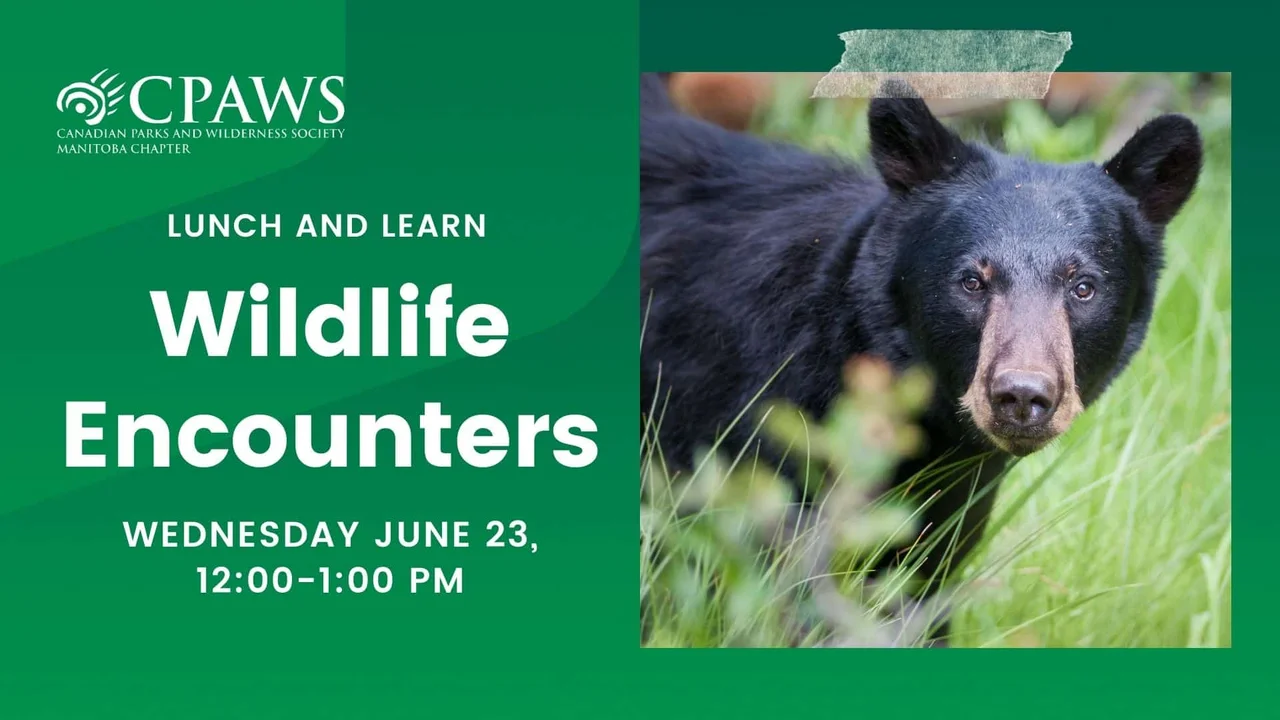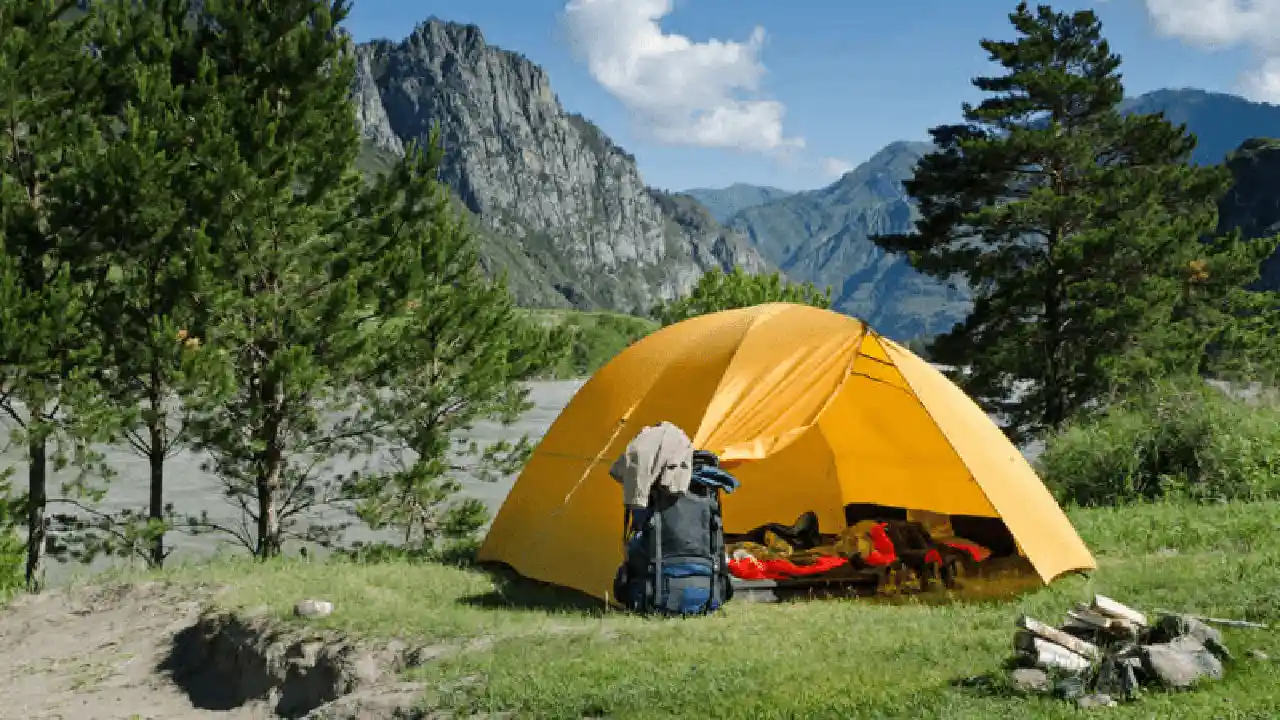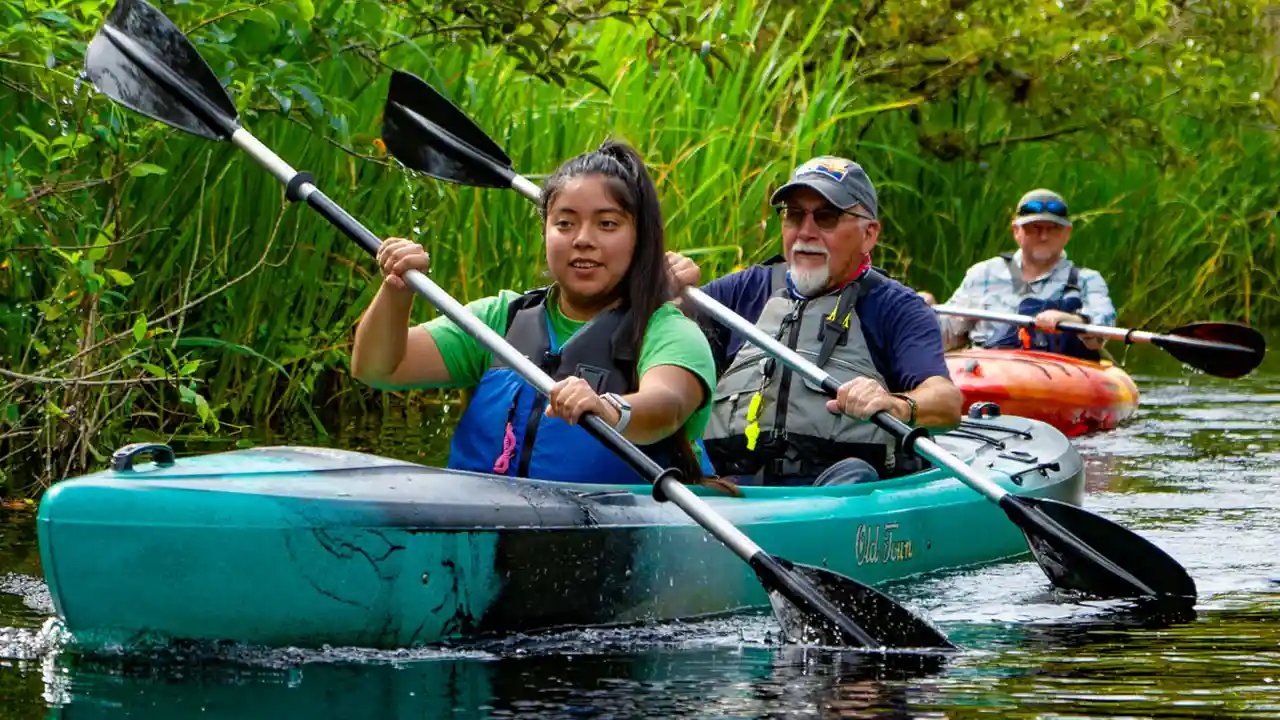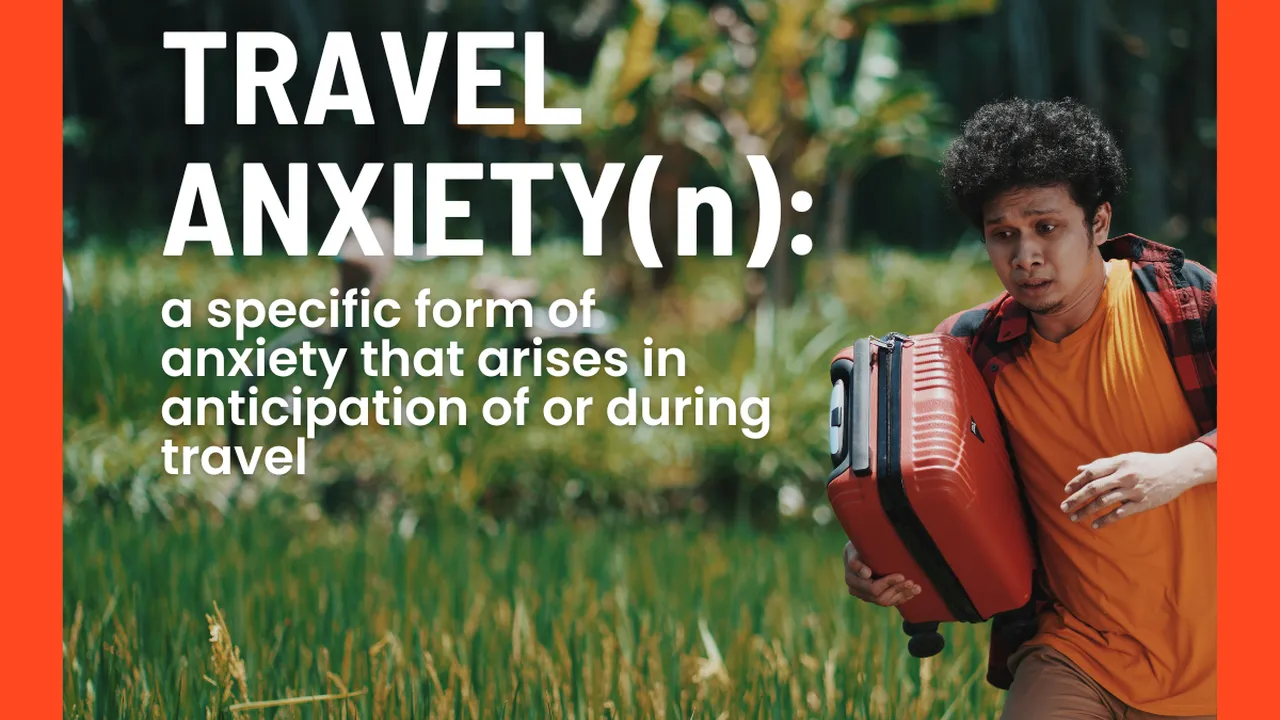Dealing with Wildlife Encounters Safely
Prepare for the unexpected with our guide to essential first aid supplies for adventure travel. Learn what to pack, how to use it, and how to handle common injuries on the go. Stay safe and confident on your next adventure, whether you're hiking, climbing, or exploring remote areas.

Understanding Wildlife Encounter Risks Adventure Travel
Okay, so you're out there, breathing in the fresh air, feeling the sun on your face, and generally having an epic adventure. But, hold up! You're not alone out there. Wildlife encounters are a real possibility, and knowing how to handle them can be the difference between a cool story and a trip to the hospital – or worse. This isn't just about grizzlies in Yellowstone; it's about monkeys snatching your snacks in Southeast Asia, snakes sunbathing on hiking trails, or even just aggressive birds guarding their nests.
First things first: prevention is key. Making noise while you hike, storing food properly, and being aware of your surroundings are crucial. But what happens when you do come face-to-face with a furry, scaly, or feathered friend? Let's break it down.
General Guidelines for Safe Wildlife Encounters
Before we dive into specific animals, here are some overarching rules to live by:
- Stay Calm: This is easier said than done, but panicking will only make things worse. Take a deep breath and assess the situation.
- Give Them Space: Wildlife needs their personal bubble just like you do. Back away slowly and avoid approaching them.
- Don't Feed Them: Seriously, don't do it. Feeding wildlife habituates them to humans and can lead to aggressive behavior. Plus, human food is often bad for them.
- Make Yourself Big: If you feel threatened, try to make yourself look larger by raising your arms or opening your jacket.
- Make Noise: Shout, clap your hands, or bang pots and pans to scare them away.
- Know Your Escape Route: Always be aware of where you can safely retreat if needed.
Specific Wildlife Encounters and How to Handle Them
Now, let's get into some specific scenarios. Remember, these are general guidelines, and the best course of action will always depend on the specific situation.
Bear Encounters Safety Tips and Prevention
Bears are powerful animals, and encounters can be dangerous. In North America, you're primarily dealing with black bears and grizzly bears. In Southeast Asia, sun bears are a smaller, but still potentially dangerous, concern.
- Prevention: Store food in bear-resistant containers or hang it from a tree at least 10 feet off the ground and 4 feet from the trunk. Make noise while hiking to avoid surprising them. Carry bear spray (more on that later).
- Black Bear Encounter: If a black bear approaches, make yourself look big, make noise, and slowly back away. If it attacks, fight back aggressively.
- Grizzly Bear Encounter: If a grizzly bear approaches, play dead. Lie flat on your stomach with your hands covering your neck. If it continues to attack, fight back aggressively.
- Bear Spray: Bear spray is a highly effective deterrent. Aim for the bear's face and discharge the entire can in short bursts.
Snake Encounters Identification and Safe Distance
Snakes are common in many adventure travel destinations. Identifying venomous snakes is crucial, but even non-venomous bites can be painful and carry infection risk.
- Prevention: Wear appropriate footwear, like hiking boots. Stick to marked trails and avoid walking through tall grass or dense vegetation. Watch where you step and place your hands.
- Encounter: If you see a snake, stop moving and give it space to retreat. Slowly back away. Do not try to approach or handle it.
- Bite: If bitten by a venomous snake, seek medical attention immediately. Try to remember the snake's appearance for identification purposes. Keep the bitten limb below the heart and immobilize it. Do not apply a tourniquet or try to suck out the venom.
Monkey Encounters Food Security and Avoiding Aggression
Monkeys are notorious for stealing food and can become aggressive if they feel threatened. This is especially common in Southeast Asia.
- Prevention: Do not feed monkeys. Store food in sealed containers and keep it out of sight. Avoid carrying food in plastic bags, as the crinkling sound can attract them.
- Encounter: If a monkey approaches, do not make direct eye contact. Slowly back away and drop the item they are after (if it's safe to do so). Do not try to chase or grab them.
Bird Encounters Nesting Season Awareness and Protection
While less dangerous than bears or snakes, birds can still pose a threat, especially during nesting season. Some birds will aggressively defend their nests.
- Prevention: Be aware of nesting season in the area you are visiting. Avoid approaching nests or disturbing birds.
- Encounter: If a bird attacks, protect your head and face with your arms. Slowly back away from the area.
Large Mammal Encounters (Deer, Elk, Moose) Respect and Safe Distance
Large mammals like deer, elk, and moose can be dangerous, especially during mating season or if they have young. While they may seem docile, they can charge if they feel threatened.
- Prevention: Observe these animals from a distance. Do not approach them or try to feed them.
- Encounter: If an animal charges, try to get behind a tree or other large object. Make noise and wave your arms to deter them.
Recommended Products for Wildlife Safety
Here are a few specific products that can help you stay safe during wildlife encounters:
Bear Spray Product Reviews and Comparisons
Bear spray is a must-have for hiking in bear country. It's a non-lethal deterrent that can effectively stop a bear attack.
- Counter Assault Bear Deterrent: This is a popular and reliable bear spray with a range of up to 30 feet. It contains 7.9% capsaicin and related capsaicinoids, the maximum allowed by law. Price: Around $50. Good for general hiking in bear country.
- UDAP Bear Safety Products Pepper Power Fogger: This spray creates a wider fog pattern, making it easier to hit a moving bear. Price: Around $60. Good for areas with dense vegetation where visibility is limited.
- Frontiersman Bear Safe Bear Spray: This spray has a long range and a high concentration of capsaicinoids. Price: Around $55. Good for experienced hikers who want maximum protection.
Comparison: All three sprays are effective, but the Counter Assault is a good all-around option. The UDAP is better for low visibility, and the Frontiersman offers the highest level of protection. Always check the expiration date and practice using the spray before heading out.
Personal Alarms for Scaring Wildlife Away
A personal alarm can be useful for scaring away smaller animals or alerting others to your presence.
- Shepherd Hardware 9404 130dB Emergency Personal Alarm: This alarm emits a loud, piercing sound that can deter animals and attract attention. Price: Around $10. Good for general safety and scaring away small animals.
- Vigilant Personal Alarm: This alarm has a key chain attachment and is easy to carry. Price: Around $15. Good for everyday carry and deterring potential threats.
Comparison: Personal alarms are not a substitute for bear spray, but they can be a useful addition to your safety gear, especially in areas with less dangerous wildlife.
First Aid Kits for Wildlife Bites and Injuries
A well-stocked first aid kit is essential for treating any injuries you might sustain during a wildlife encounter.
- Adventure Medical Kits Ultralight Watertight .7 Medical Kit: This compact and lightweight kit contains essential supplies for treating minor injuries. Price: Around $25. Good for short hikes and day trips.
- Adventure Medical Kits Mountain Series Hiker Medical Kit: This kit is more comprehensive and includes supplies for treating more serious injuries. Price: Around $50. Good for longer hikes and backpacking trips.
Essential Items: Make sure your kit includes antiseptic wipes, bandages, gauze pads, pain relievers, and an antihistamine for allergic reactions. Consider adding a snake bite kit if you're traveling in snake-prone areas, though their effectiveness is debated.
Respecting Wildlife Habitats Responsible Adventure Travel
Ultimately, the best way to stay safe during wildlife encounters is to be respectful of their habitat and avoid disturbing them. Remember, you are a visitor in their home. By following these guidelines, you can enjoy your adventure travel experiences while minimizing the risk of negative encounters with wildlife.
So, get out there, explore, and enjoy the wonders of the natural world – but do it safely and responsibly!
:max_bytes(150000):strip_icc()/277019-baked-pork-chops-with-cream-of-mushroom-soup-DDMFS-beauty-4x3-BG-7505-5762b731cf30447d9cbbbbbf387beafa.jpg)





